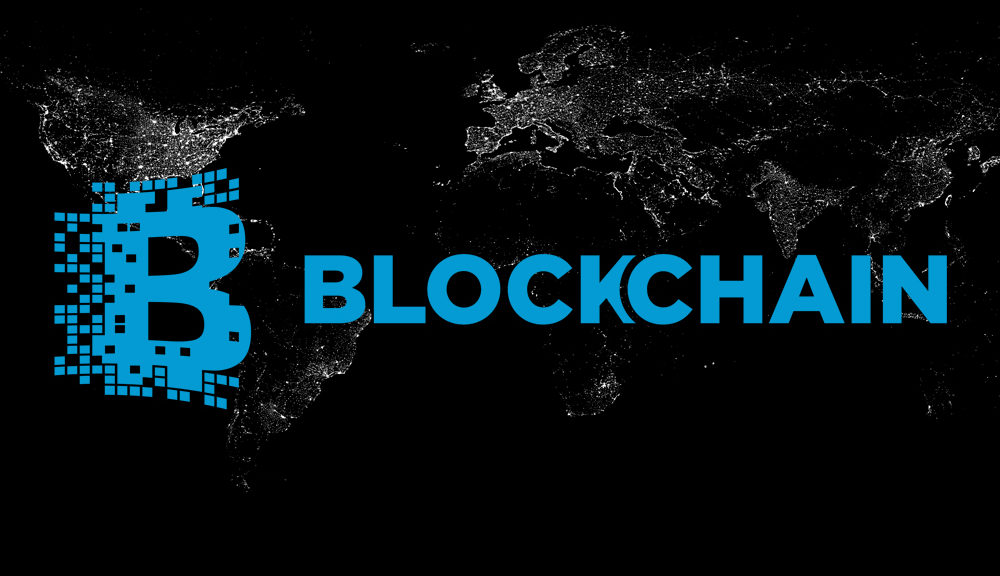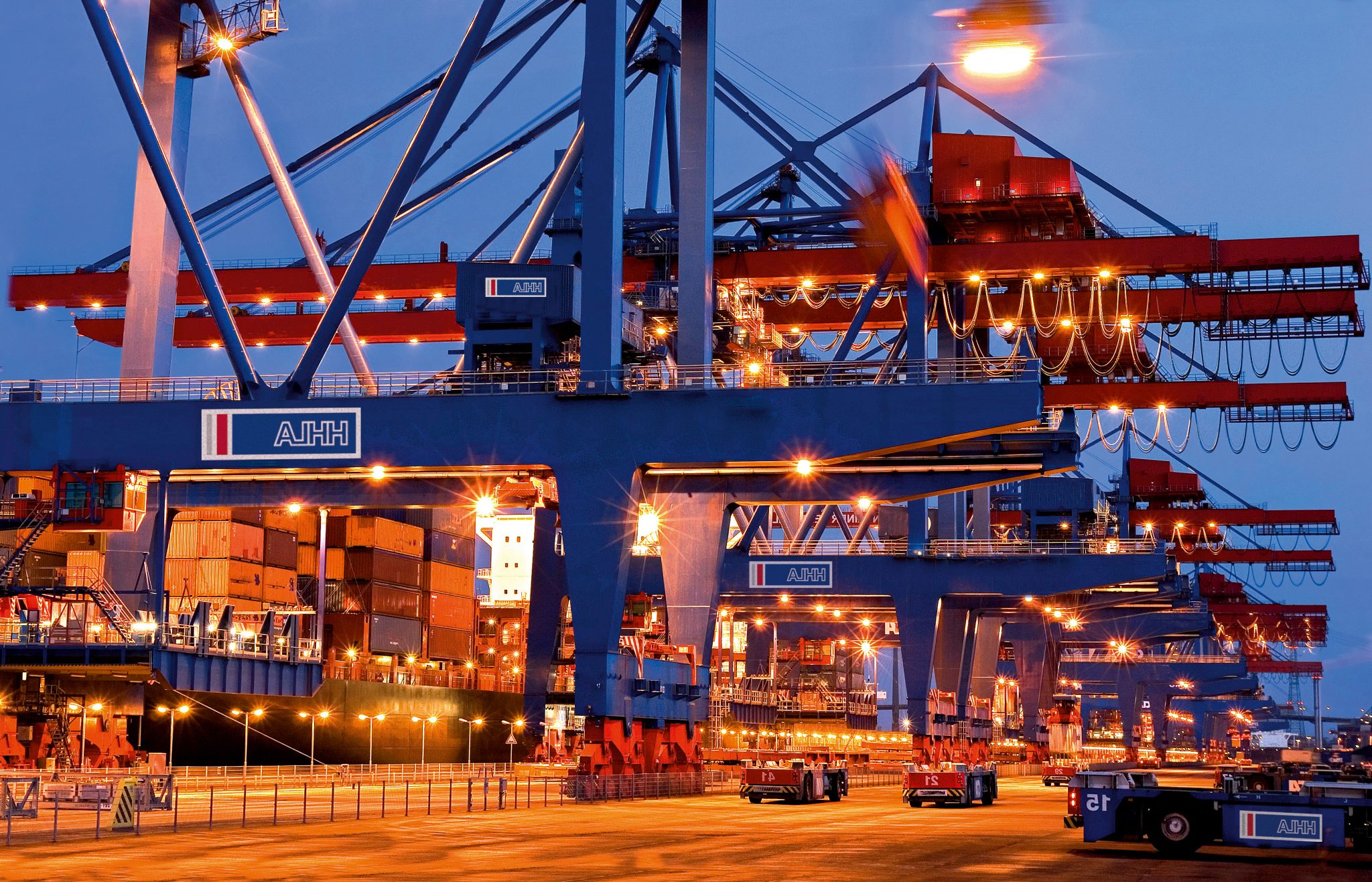
[authorbox authorid=”63″ title=”The Author”]
The last year marked unseen price surges of cryptocurrencies. Now 2018 seems to challenge Bitcoin and Co. on how resilient these innovations and their investors will be. Though blockchain is famous for creating a new class of millionaires it provides many applications beyond mere cryptocurrencies including identification, verification, immutable databases and many more.
Regulators all over the world are currently at the crossroads whether they want to allow innovations in the blockchain sphere or over-regulate this new way of doing business.
Blockchain technologies and businesses are at an infant stage and already have seen and will see even more hiccups on their development to mature and widely-adopted technologies. Regulators such start scrutinizing the legality of cryptocurrency exchanges and initial coin offerings (ICOs) more and more. While China and the United States seem to actively discourage blockchain businesses Europe might have a chance to become a global blockchain powerhouse and take over the torch of digital leadership from the US.
With almost every new technology friction comes along as well. Very prominent frictions in the (so far) short life of cryptocurrencies are probably the massive heist at the Japanese exchange Mt. Gox back in 2014 leading to hundreds of millions Dollars stolen and the legal dispute between the founders of Tezos (one of the largest ICOs in history) thanks to the lack of legal due diligence when incorporating in Switzerland.
Innovators respond to problems caused by new technologies by offering more refined products or offering independent audits or added transparency. Regulators tend to have a short term mindset and prefer to outrightly ban innovation instead of encouraging innovation to solve these problems.
Good examples of how private companies companies react to needed improvements are for instance the Czech startup Trezor which sells hardware wallets that are nearly impossible to hack or rating platforms like ICObench.com which provides independent information on ICOs. While innovators were already working on preventing crypto theft most financial regulators couldn’t even tell the difference between cold storage and an online wallet. This is prove that rapid improvements and more customer safety can be established by private players and not regulators.
The Chinese government is committed to fully block access of its citizens to crypto exchanges. The United States’ financial regulators seem to go a similar route and US tech giant Facebook started banning ICO advertisement. Countries like Switzerland or Singapore go the other direction and openly welcome blockchain technology and ICOs.
Estonia leads the global ranking of ICOs per capita with an average of 42 ICOs per one million inhabitants. EU members Slovenia and Cyprus also rank in the global top five. It is now up to European governments and their respective financial supervisory authorities whether they try to push blockchain technology in an outdated and sclerotic financial regulatory regime or open up towards new and less centralized ways of raising funds and conduct banking. The next twelve to 24 months of regulatory decisions will be decisive for Europe’s global standing in the blockchain economy.
Blockchain innovations are here to stay and will change many sectors of the economy including how money transfers, data ownership and storage, audits, and personal investment strategies. Bureaucrats can definitely slow down its pace but not prevent it from eventually prevailing.
Europe needs to take advantage of the hesitance of US regulators and open itself up for crypto investments and ICOs. This is one of the biggest opportunities the continent ever had to become the home base of an industry that will affect and massively transform many legacy businesses and governments.
Thus we should embrace blockchain technologies and investments in these but also acknowledge that there will be hiccups on the way. A few mistakes should not prompt a hostile regulatory regime but appetite for more innovation that will respond to new problems,



